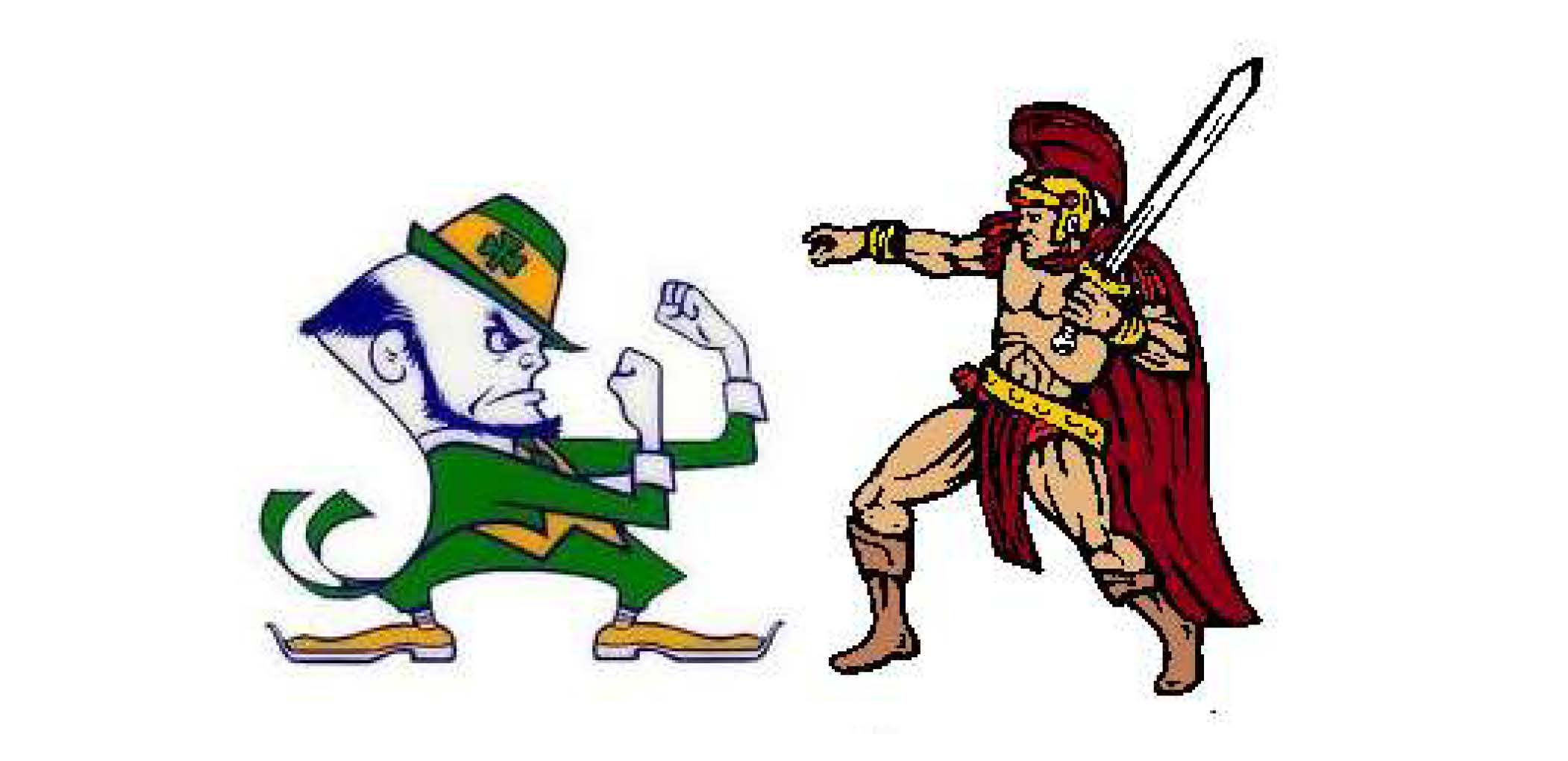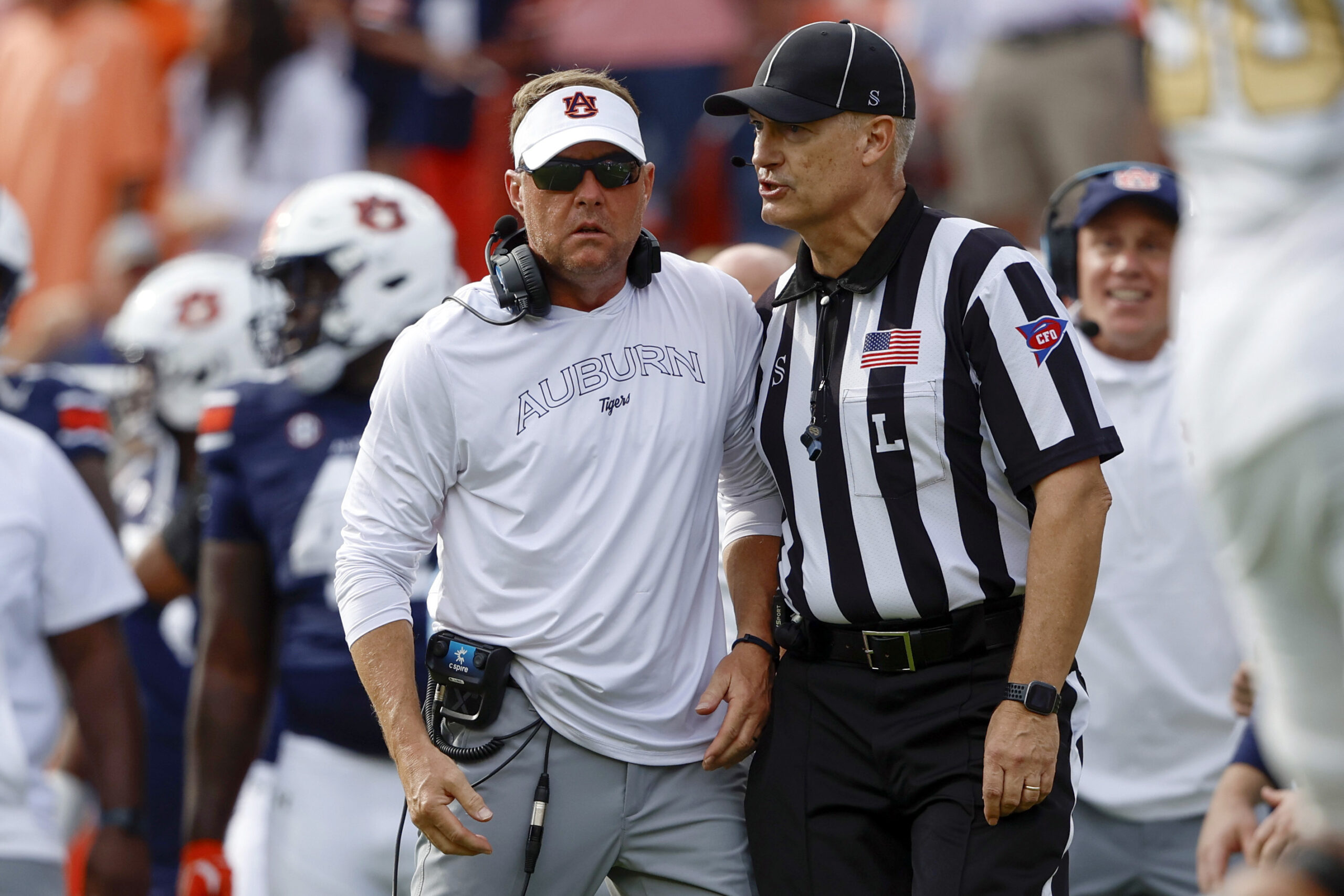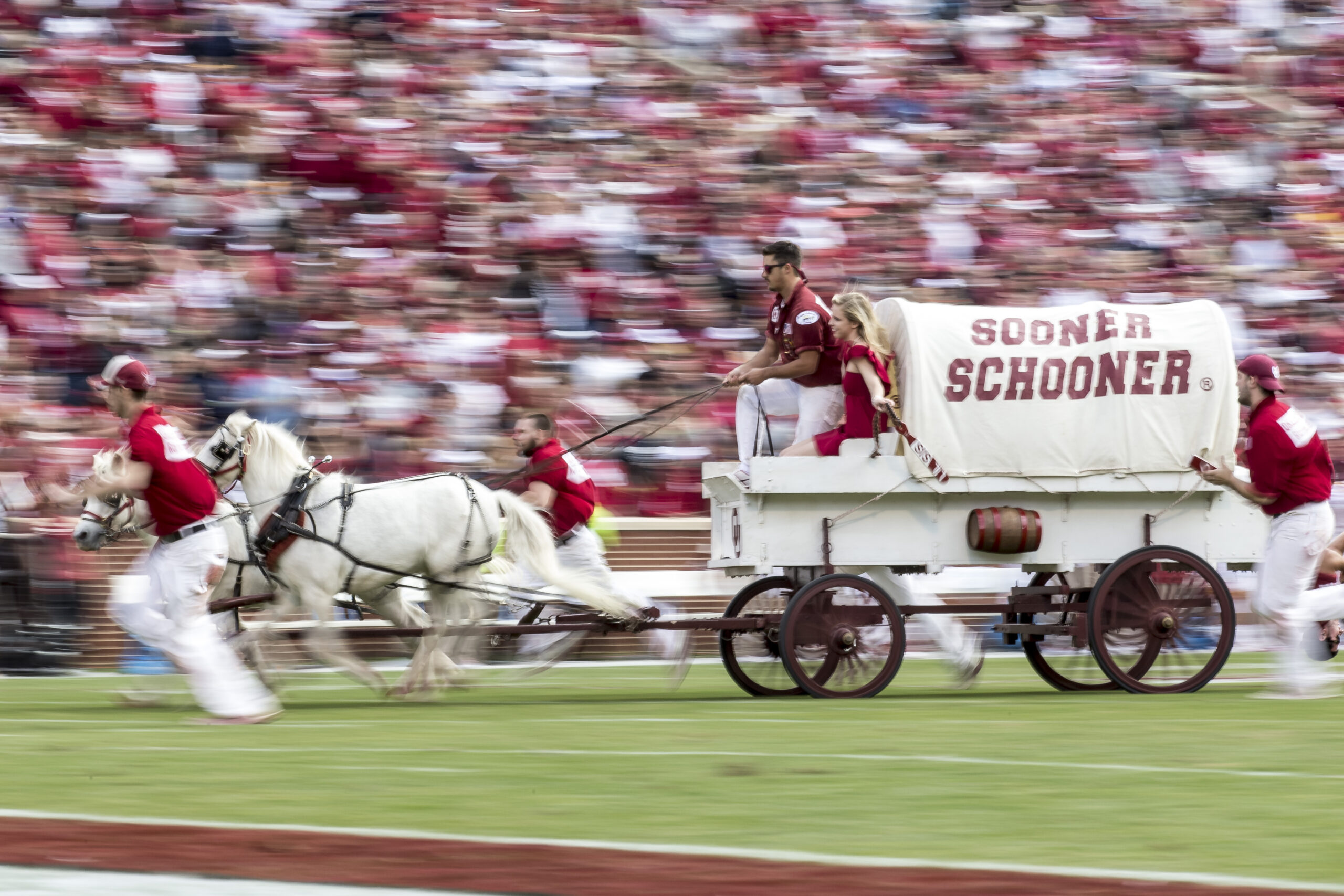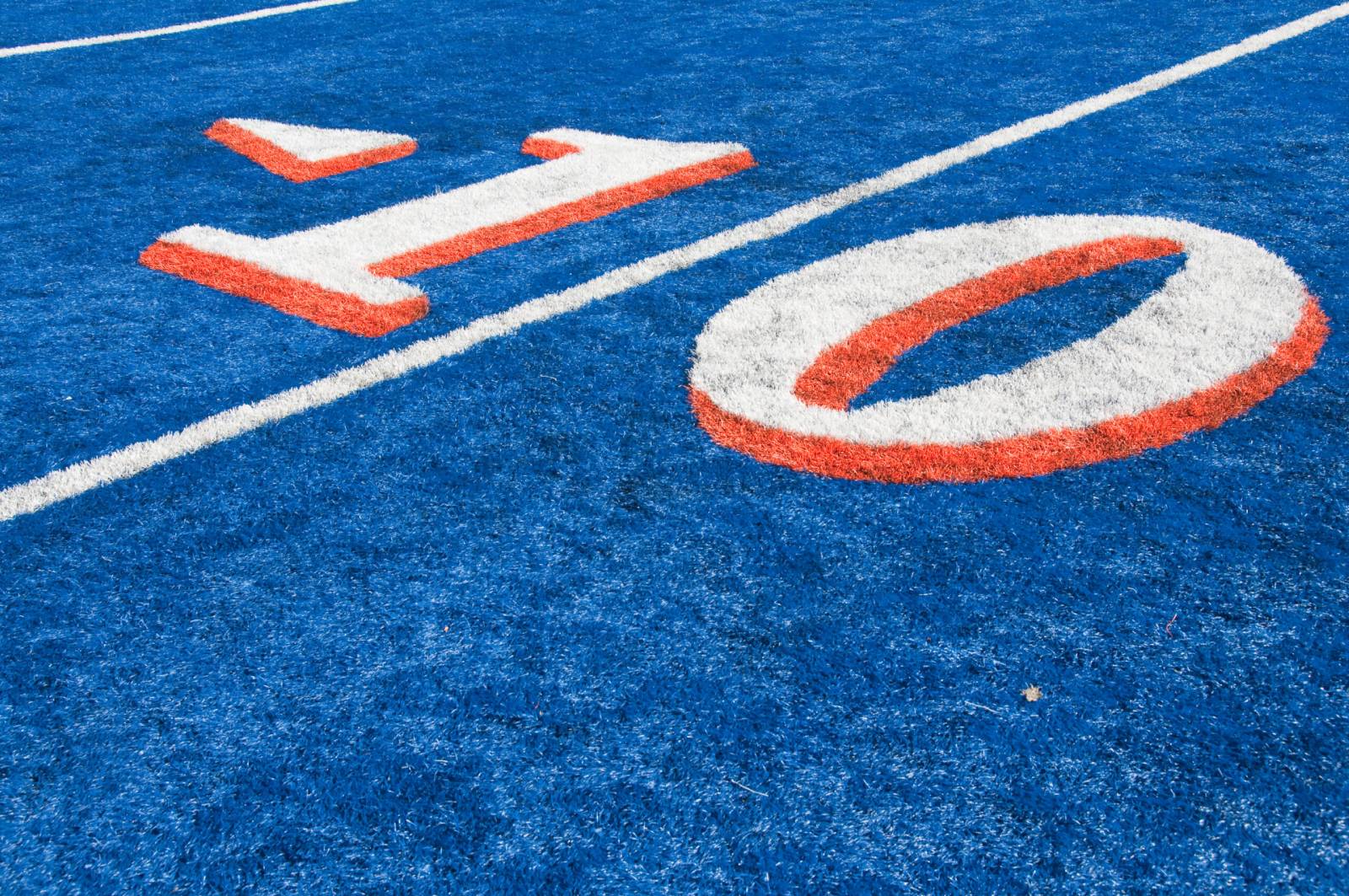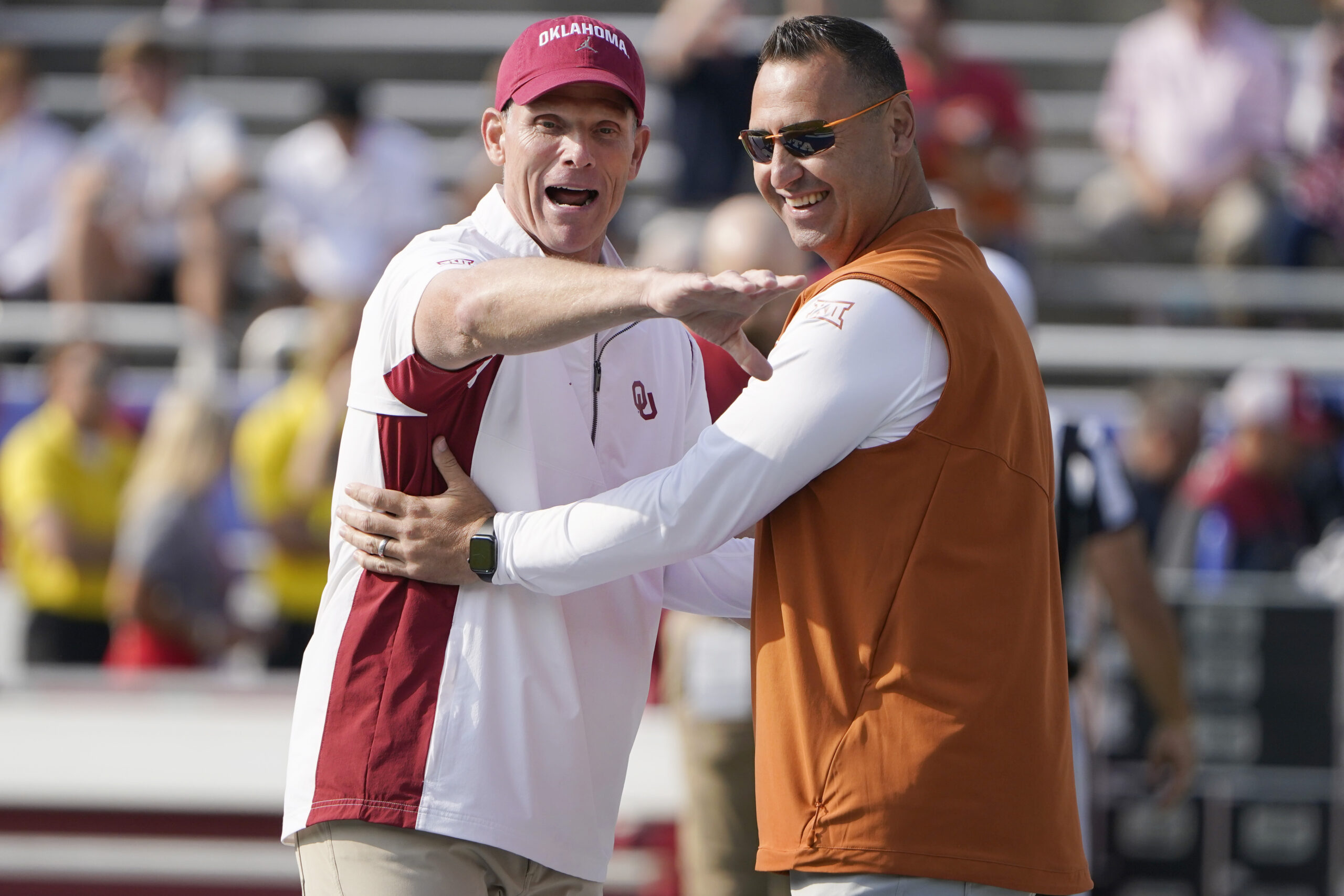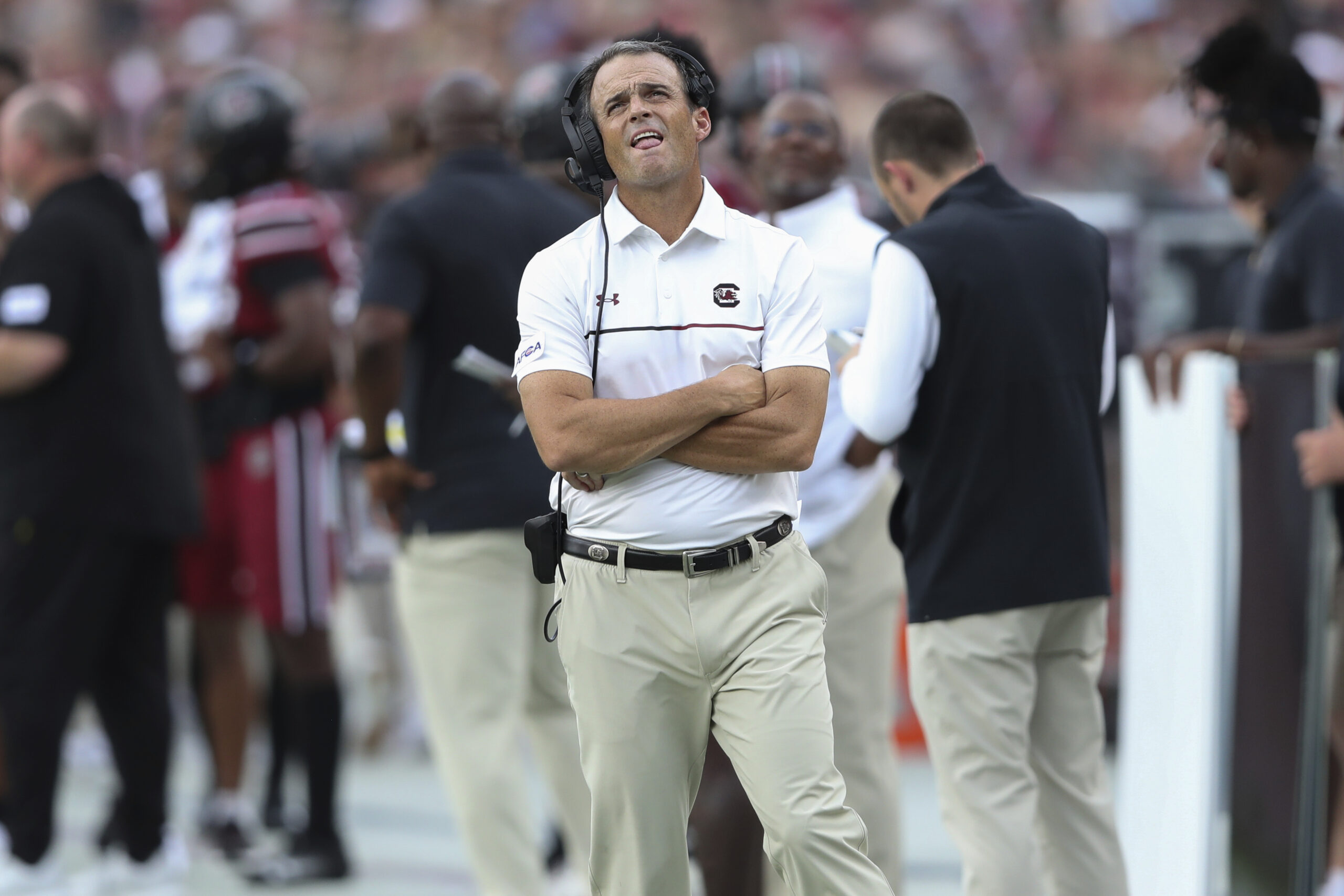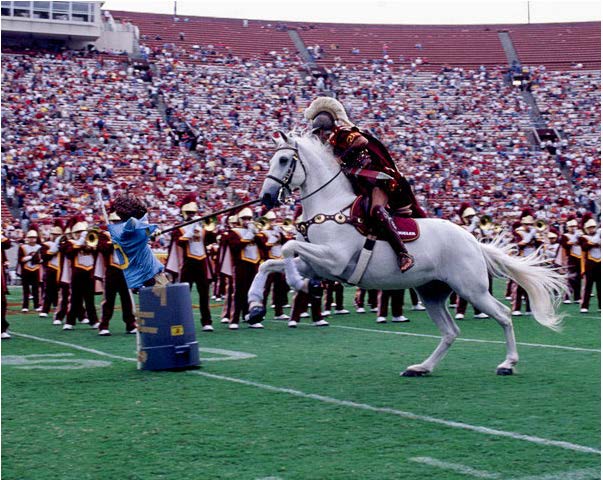
Blog Article
USC’s Starting Center Kilian O’Connor Is Out vs Michigan’s Elite Defense. Here’s Why The Trojans’ 338 Passing Yards Per Game Still Wins Them The Game 28-21 (And Why The Injury Will Be The Go-To Excuse If They Lose)
Lincoln Riley needs to win this game.
Not because USC’s season depends on it—though a loss would hurt their playoff chances. Riley needs to win because he’s in the middle of a three-game stretch that will define whether he’s a program-builder or just another coach who couldn’t handle the jump to a major conference. No. 15 Michigan at home, then at No. 16 Notre Dame, then at Nebraska. Three brutal tests in three weeks. The Cornhuskers aren’t ranked in the AP Poll, but they’re ranked 22nd by The New York Times and are receiving votes in multiple polls. Three chances to prove USC belongs in the Big Ten elite.
Win two of three, and the critical mass of Trojan supporters stays on board. Go 1-2 or worse, and the questions get louder.
So naturally, USC’s starting center Kilian O’Connor is out with a leg injury.
The Injury Factor: USC’s Built-In Excuse
O’Connor went down against Illinois and will miss multiple weeks, including this game. Losing your starting center, a team leader, and a critical piece of the offensive line against Michigan’s dominant defensive front isn’t ideal. Without O’Connor, pass protection timing gets disrupted. Run blocking schemes lose continuity. Michigan’s defensive front will relentlessly attack backup center J’Onre Reed.
If Riley loses, this injury becomes the convenient narrative. Not his fault. Not a coaching problem. Just bad injury luck at the worst possible time.
But here’s the problem: USC should still win this game.
Why USC Wins (Even Without O’Connor)
USC does what Michigan can’t; they hurt you through the air. 338 passing yards per game. 72.1% completion rate. 2.4 passing touchdowns per game. They’re efficient, explosive, and capable of scoring in bunches. Michigan’s secondary is vulnerable, allowing 206.4 passing yards per game at a 65.1% completion rate.
Even with a backup center, USC’s passing attack should be able to exploit Michigan’s weakness. Quick passes, screens, play-action to neutralize pressure—the scheme adapts. Expect 280-320 passing yards from USC.
Michigan’s run defense is elite, allowing just 77 yards per game at 2.4 yards per carry. USC will struggle on the ground. Expect 80-110 rushing yards. But USC doesn’t need to dominate the run game. They need their quarterback to pick apart Michigan’s secondary.
USC generates 370-430 total yards and scores 24-28 points.
Why Michigan Can’t Keep Pace
Michigan’s offense runs through one dimension: the ground game. 237.8 rushing yards per game at 6.4 yards per carry. It’s physical, effective Big Ten football. They’re getting healthier, too. Starting left guard Giovanni El-Hadi and tight end Hogan Hansen are both probable to return.
But their passing game is borderline nonexistent. Just 200.6 passing yards per game with a 58.8% completion rate and 0.6 passing touchdowns per game. That’s not a typo—they throw a touchdown pass roughly every other game.
USC knows this. They’ll stack the box, dare Michigan to throw, and force them into predictable situations. Michigan will grind out 190-220 rushing yards and score 20-24 points. They’ll control the time of possession and keep it competitive.
But when Michigan falls behind and needs to throw? They can’t keep pace.
The Verdict: Riley Survives Game One
USC wins, 28-21.
Michigan’s healthier offensive line helps them sustain drives and score consistently through the ground game. USC’s backup center struggles at times, limiting explosive plays. The game stays tight throughout four quarters.
But USC’s passing game talent—even compromised without O’Connor—proves too much for a Michigan team that can’t match their scoring through the air.
The wildcard: If Michigan’s defensive line overwhelms the backup center early and forces turnovers, their ball-control offense could grind out a stunning upset. But that’s unlikely.
More likely? Riley wins Game One of his three-game gauntlet, the stats hold up, and USC moves to 5-1. Then it’s on to the next test.
And if Riley loses? Don’t worry—the O’Connor injury will be the headline, not the performance. The excuse is pre-packaged. The narrative writes itself.
But Riley can’t afford to use it twice more in this stretch.
Three games. Three chances. One has to go right for the injury excuse to work. If USC goes 0-3 or 1-2 in this stretch, no amount of injury talk will save Riley from the questions about whether he can win the games that matter in the Big Ten.
Saturday is Game One. The clock is ticking.

